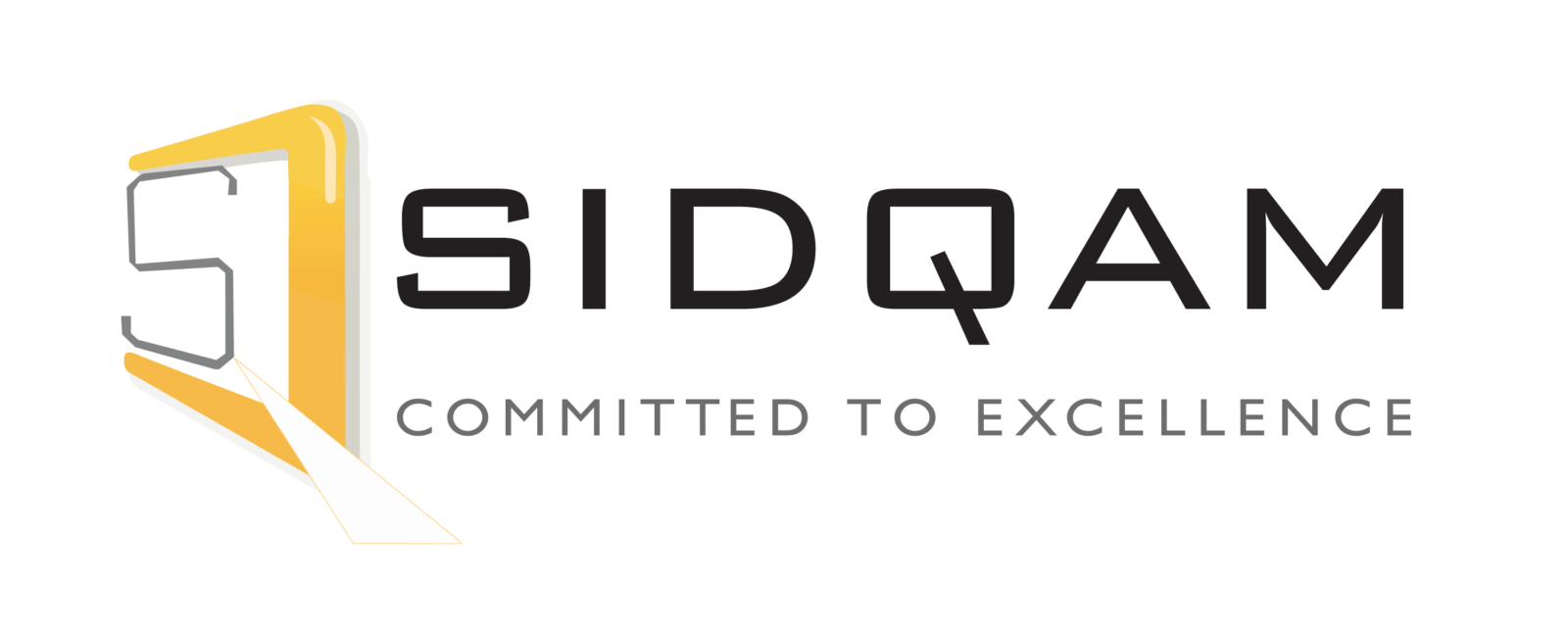Empowering Digital Inclusion for People with Learning Disabilities
by Nicola Simpson
Right now, we’re in the midst of a digital revolution; our devices have become one of life’s essentials. With AI and apps rapidly advancing, the digital landscape is evolving at breakneck speed. But what does this mean for individuals with learning disabilities? As professionals, how can we empower them to thrive in this digital world?
However, individuals with learning disabilities often face significant barriers to accessing and using technology. For us as professionals who support these individuals, understanding and facilitating digital inclusion is crucial. This blog will provide practical strategies to help you support individuals in accessing and benefiting from digital technology.
Understanding Digital Inclusion:
Digital inclusion refers to the effort to ensure that all individuals regardless of their abilities or circumstances, have access to and can effectively use digital technologies. For people with learning disabilities, digital inclusion is not just about access to technology or the internet, but making sure they have the skills, confidence, and support needed to use technology to its potential. Highlighting its importance, digital inclusion was the theme of Scottish Learning Disability Week recently, emphasising opportunities to bridge the digital divide, empowering individuals with learning disabilities to fully participate in an increasingly digital society.
Potential Barriers to Digital Inclusion:
The Open University’s “Keeping Connected and Staying Well” in 2020 first referred to the digital divide, exacerbated by the widespread adoption of technology during the COVID-19 lockdowns. This research identified 4 key barriers for people with learning disabilities:
- Technological Accessibility: standard interfaces and navigation can be confusing and overwhelming
- Skills Gaps: limited opportunities for learning and practicing digital skills
- Accessibility of Content: many online resources are not designed with accessibility in mind
Socioeconomic Factors: financial constraints can limit access to essential devices and internet services
Strategies to Support Digital Inclusion:
Supporting digital inclusion for people with learning disabilities requires intuitive, practical, person-centred approaches. Indeed, Henry Roche, Mencap’s Digital Accessibility Officer points to involvement of people with learning disabilities at all stages of development from inception to end user experience. He asserts that this is the only way to guarantee simplicity, clarity of use and accessibility.
- Provide Accessible and User-Friendly Technology:
Ensure that technology and devices used are tailored to the needs of individuals with learning disabilities. Use speech-to-text software, screen readers and customisable keyboards. Equally, choose devices and software that allow for adjustments in font, size, contrast, and layout to accommodate diverse needs.
- Offer Tailored Training and Continuous Support:
Access ongoing, individualised training that builds digital skills at a comfortable pace for the individual. Training should break down tasks into simple, manageable steps and use clear, concise language, avoiding jargon. It’s always a good idea to facilitate practical learning opportunities where individuals can practice new skills hands-on with direct support and supervision. Remember to follow-up regularly with refresher sessions to keep those skills up to date!
- Creating an Inclusive Environment:
Foster a supportive and inclusive environment that encourages participation and confidence in the digital world. Encourage peer-to-peer support; individuals can share experiences and tips which can support broader development of digital skills. As providers, we can use feedback and positive reinforcement to build confidence and motivation. Celebrate achievements, however small, towards online independence.
- Promoting Safe and Responsible Digital Use:
Teach and reinforce safe online practices to protect individuals from digital threats, ensuring compliance with the Online Safety Act, 2023. Provide guidance on recognising and avoiding online scams, phishing attempts, and dodgy websites. Emphasise the importance of protecting personal information using strong, unique passwords. Work collaboratively with individuals to teach them about the responsible use of social media, including disability hate crime and impact of online behaviour on mental health.
- Extend Access to Technology and Internet Services:
As a provider, you can help reduce the financial and logistical barriers to accessing technology. Advocate for low-cost internet services and check out eligibility criteria for social tariffs for individuals with disabilities. Utilise community centres, libraries offering free internet access and digital training sessions.
Digital inclusion for people with learning disabilities is a multi-faceted challenge which requires a thoughtful, considered intervention. By understanding the barriers and partnering with individuals with learning disabilities themselves to find solutions, professionals can play a pivotal role in bridging the digital divide. Empowering individuals with the skills and confidence to use technology not only enhances their quality of life but promotes independence and social inclusion. As professionals, our commitment to fostering digital inclusion can create a more equitable and inclusive society where everyone has the opportunity to benefit from the digital world. Let’s pull together and create a world where no one is left behind in the digital revolution.
How Training Can help:
Sign up for one of my interactive digital inclusion workshops; A niggling question? Sign up for a complementary session to pick my brain

